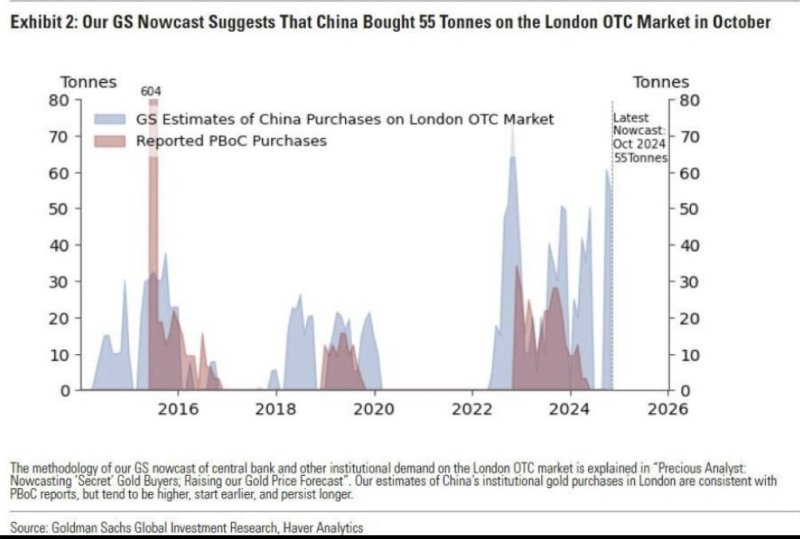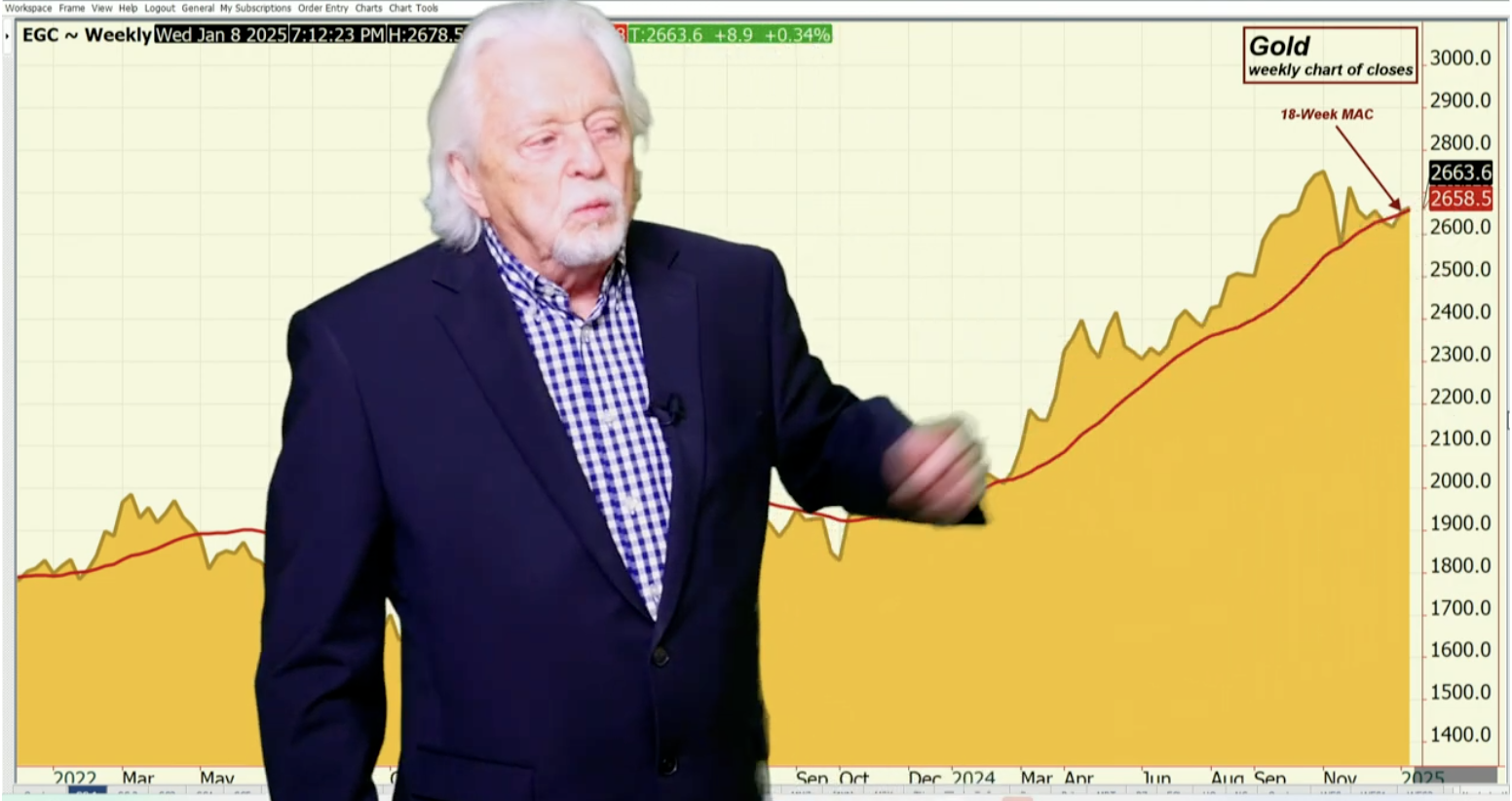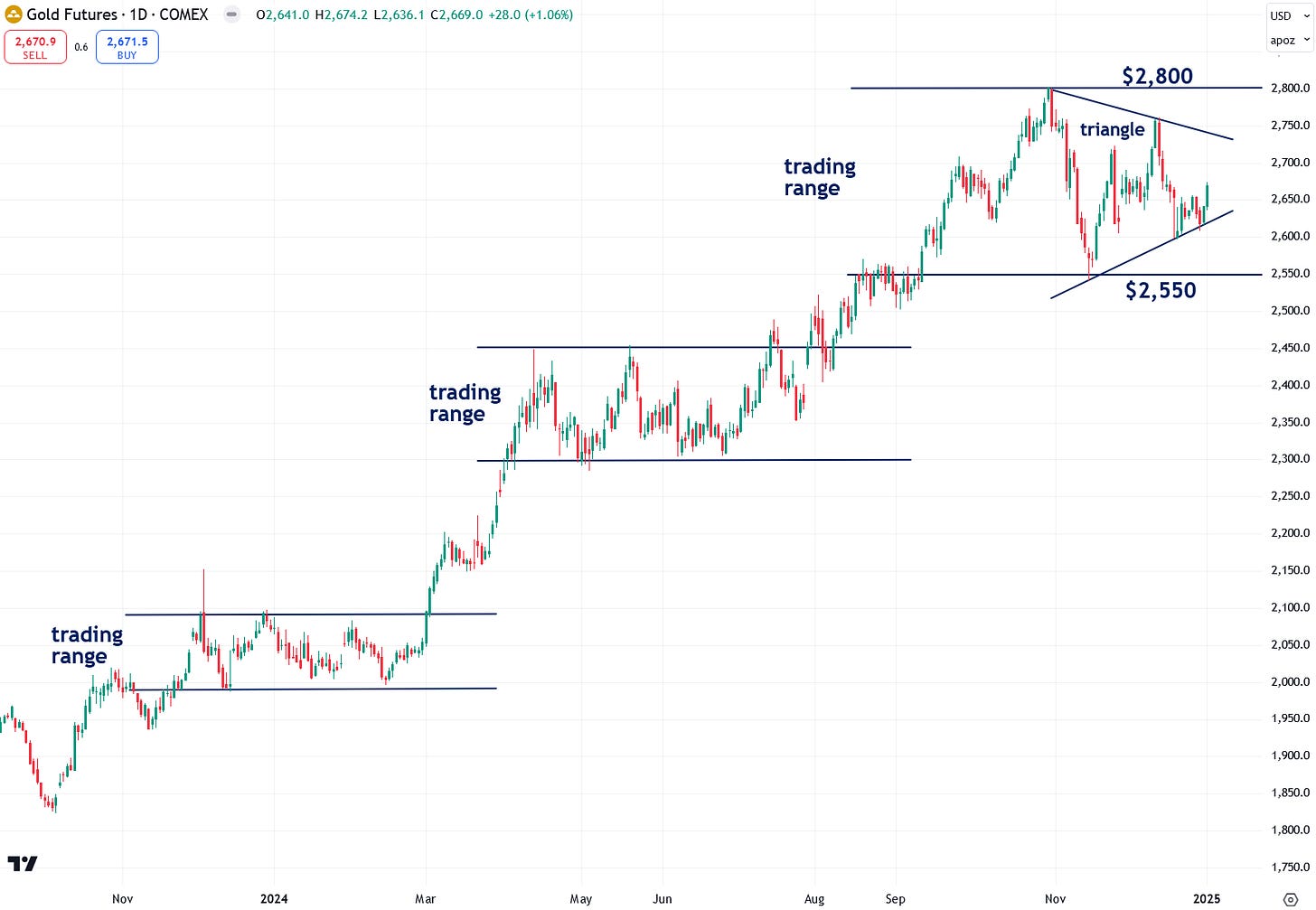For the fourth straight month, gold-backed ETFs increased their net gold holdings. Funds in every region reported net inflows of gold with Western funds leading the way.
Globally, gold-backed ETFs added 28.5 tons of gold to their holdings in August.
Due to a combination of rising gold prices and inflows of metal, global assets under management (AUM) held by gold-backed ETFs have increased by 20 percent so far this year, coming in at $275 billion as of the end of August.
With the inflows of metal over the last four months, the year-to-date decline in ETF gold holding narrowed to 44 tons.
After finally turning positive in July, funds in North America led the way in August, adding 17.2 tons of gold to their holdings. In dollar terms, gold holdings increased by $1.4 billion. Declining Treasury yields and dollar weakness created tailwinds for gold last month and drove the yellow metal to new record highs.
According to the World Gold Council, the strong gold price performance led to exercises of in-the-money call options of major gold ETFs, creating sizable inflows at the expiry date.
European funds reported net gold inflows of 7.9 tons amounting to $362 million. Swiss and UK-based funds led inflows. The high likelihood of further interest rate cuts in the Eurozone boosted gold, along with safe-haven buying.
According to the World Gold Council, “Inflows related to FX hedging products were notable, especially in Switzerland, amid the strengthening local currencies against the dollar.”
Flows of gold into Asian funds slowed, but remained positive for the 18th straight month, coming in at 0.3 tons. In dollar terms, holdings grew by $32 million, the smallest increase since May 2023.
India continues to lead the way in gold inflows in the region and reported the strongest month since April 2019. The recent import duty reduction has lit a fire under the Indian gold market.
Japan also reported notable inflows for the sixth straight month.
Funds in other regions added 3.2 tons. Australia has reported increased ETF gold holdings for three straight months.
Average over-the-counter (OTC) trading volumes rose by 5.9 percent month-on-month to $158 billion per day. In tonnage terms, OTC volumes charted a 2 percent month-on-month increase.
Inflows of gold into ETFs can have a significant impact on the global gold market by pushing overall demand higher.
ETFs are a convenient way for investors to play the gold market, but owning ETF shares is not the same as holding physical gold.
A gold ETF is backed by a trust company that holds metal owned and stored by the trust. In most cases, investing in an ETF does not entitle you to any amount of physical gold. You own a share of the ETF, not gold itself.
ETFs are relatively liquid. You can buy or sell an ETF with a couple of mouse clicks. You don’t have to worry about transporting or storing metal. In a nutshell, it allows investors to play the gold market without buying full ounces of metal at the spot price.
Since you are just buying a number in a computer, you can easily trade your ETF shares for another stock or cash whenever you want, even multiple times on the same day. Many speculative investors take advantage of this liquidity.
But while a gold ETF is a convenient way to play the price of gold on the market, you don’t actually possess any gold. You have paper. And you don’t know for sure that the fund has all the gold either, especially when the fund sees inflows. In such a scenario, there have been difficulties or delays in obtaining physical metal.
Read the full article here












Leave a Reply